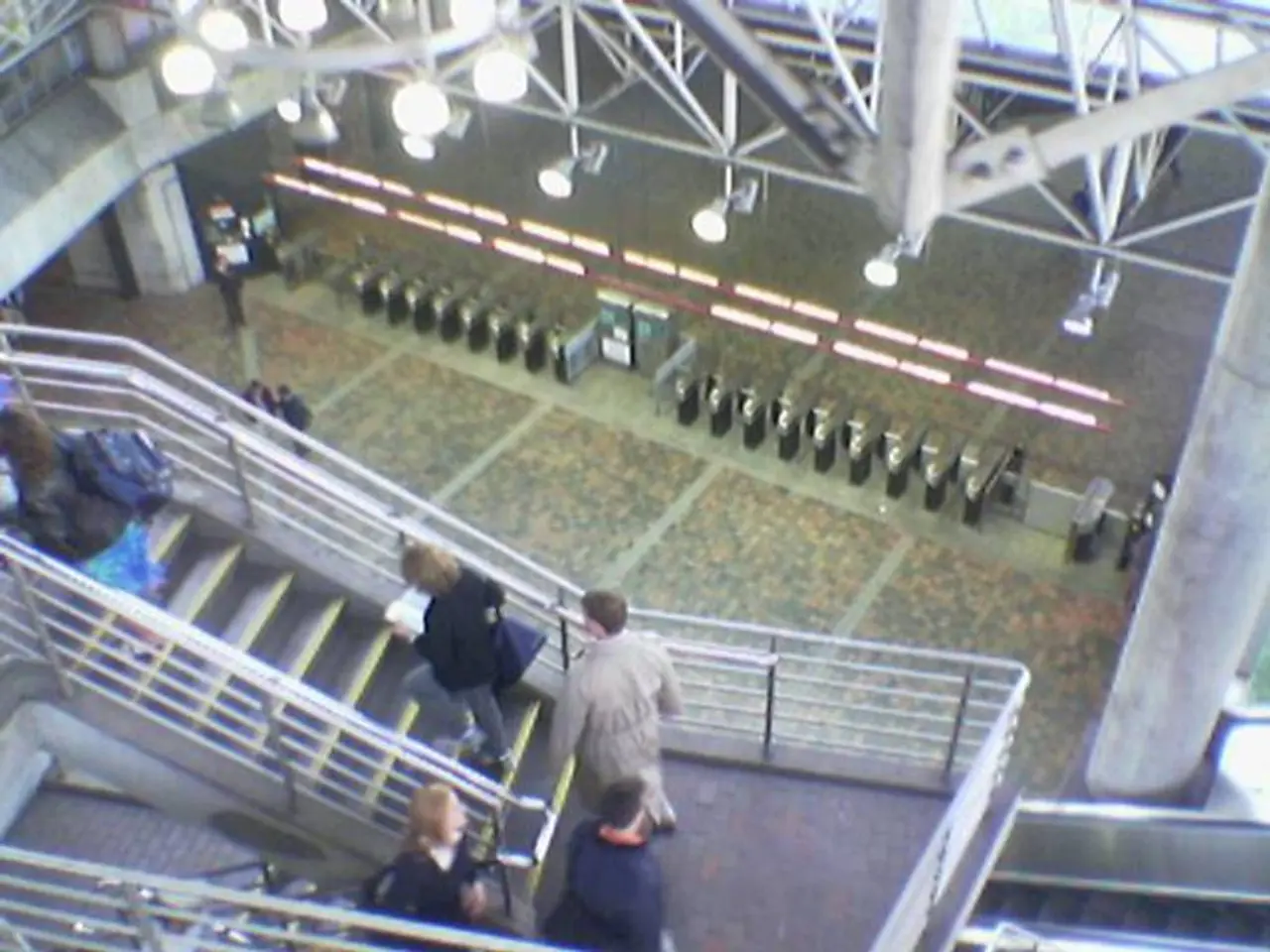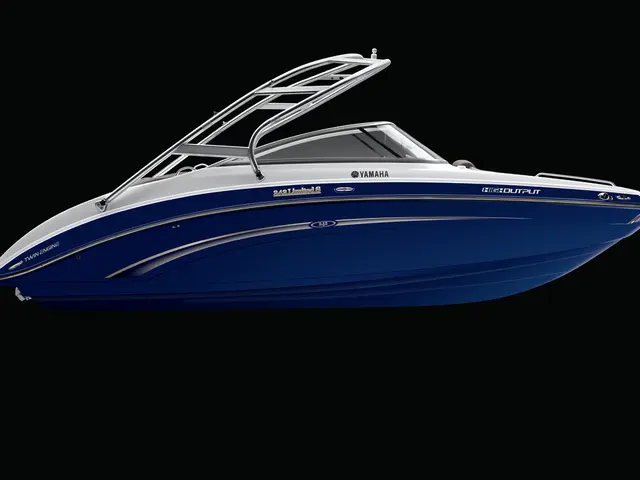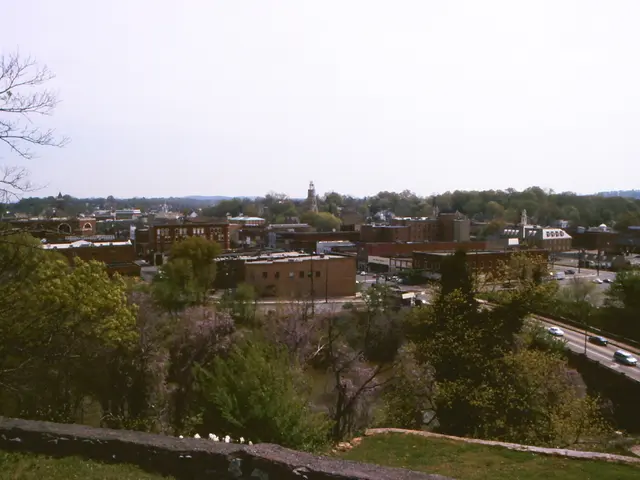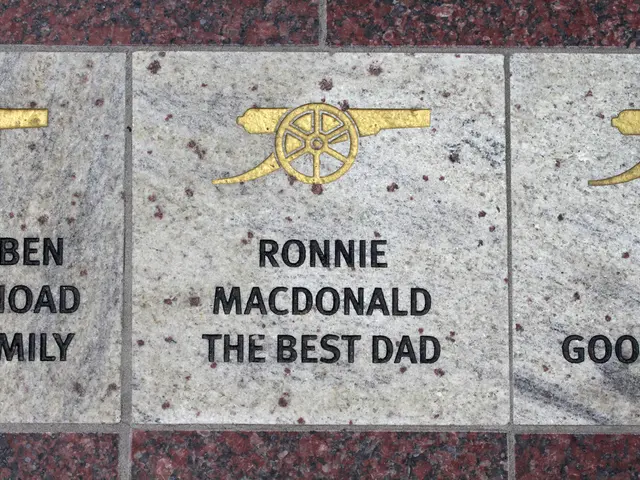Park Map Navigator for Zion National Park
Zion National Park, one of America's most breathtaking natural wonders, is easily accessible from various directions. Here's a breakdown of the main routes and entrances to help you plan your journey:
From the North: Visitors approaching from the North on I-15 can enter via the Kolob Canyons Entrance, located in the northwest part of the park. This entrance provides access to the Kolob Canyons section, a separate area from the main Zion Canyon area. To reach Zion Canyon proper, you'll need to drive around for approximately 40-60 minutes[2]. Alternatively, you can take Exit 27 onto Stateroad 17 East, then Stateroad 9 to Zion, or Exit 16 onto Stateroad 9 East[1].
From the East: The primary route is Utah Highway 9 (Zion-Mount Carmel Highway). This road passes through a mile-long tunnel with size restrictions for larger vehicles. The East Entrance leads you to the main Zion Canyon area. Oversized RVs may not fit through the tunnel, and there are controlled passage times and fees for large vehicles[2].
From the West: There are two western entrances: the Kolob Canyons Entrance (northwest) and the Kolob Terrace Entrance (southwest). These entrances offer access to the Kolob Canyons and Kolob Terrace areas respectively. They do not connect directly to the Zion Canyon area, so traveling between them and Zion Canyon requires driving out and around the park for about 40-60 minutes[2].
From the South: The most popular entrance is the South Entrance, which leads directly into Zion Canyon. Upon entering here, you must park and use the free Zion Canyon shuttle to explore the canyon, as private vehicles are restricted within Zion Canyon[2][4].
Additional Travel Information: The closest major airports to Zion National Park are Las Vegas (about 2-3.75 hours drive), Salt Lake City (about 6 hours), and Phoenix (longer drive), with Las Vegas being the most convenient due to better flight options and rental cars[1]. Inside the park, the Zion Canyon shuttle operates from early morning to early evening and is free of charge[4].
By following this guide, you can ensure a smooth journey to Zion National Park and make the most of your visit to this stunning natural wonder. Happy travels!
[1] Source: National Park Service [2] Source: Zion National Park Official Website [3] Source: Travel + Leisure [4] Source: Lonely Planet
- The guide suggests that if you're flying, the closest major airports to Zion National Park are Las Vegas, Salt Lake City, and Phoenix, with Las Vegas being the most convenient due to better flight options and rental cars.
- If you're coming from the North on I-15, you can enter via the Kolob Canyons Entrance, located in the northwest part of the park, which provides access to the Kolob Canyons section, a separate area from the main Zion Canyon area.
- For those approaching from the East, the primary route is Utah Highway 9 (Zion-Mount Carmel Highway), which leads to the main Zion Canyon area after passing through a mile-long tunnel with size restrictions for larger vehicles.
- For travelers from the West, there are two entrances: the Kolob Canyons Entrance (northwest) and the Kolob Terrace Entrance (southwest), offering access to the Kolob Canyons and Kolob Terrace areas respectively, but they do not connect directly to the Zion Canyon area.





